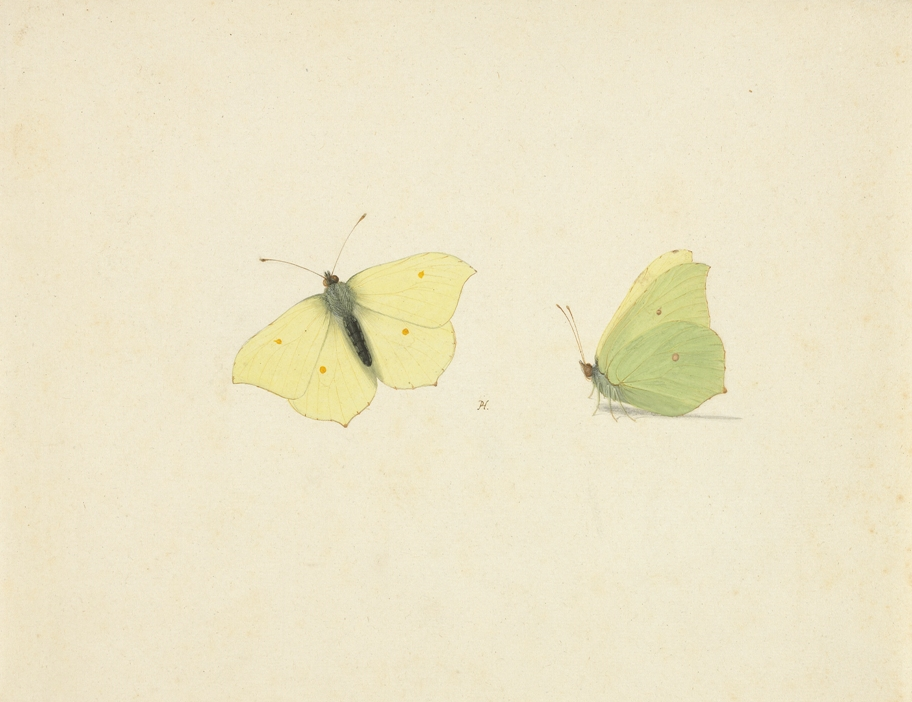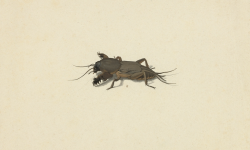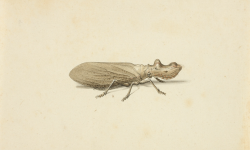Pieter Holsteijn the Younger (Haarlem 1614 - 1673 Amsterdam)
Two brimstones
Pen and ink and watercolour with body colour, 164 x 212 mm
Paper, all edges trimmed smoothly, no watermark
Inscribed PH. (monogrammed, between the butterflies)
Provenance:
Private collection, Switzerland.
The leaf shows two male brimstones, one with its wings open, one with them folded. Belonging to the Pieridae, a family of butterflies widespread in Europe, the common brimstone (Gonepteryx rhamni) takes its name from the sulphurous yellow of the male’s opened wings. Characteristic reddish orange dots appear against the yellow in the centre of both fore- and hindwings. The continuous reddish brown edging of the wings in Holsteijn’s depiction represents a free interpretation of the partly reddish brown colouring of the actual insect. Delicate strokes of the pen and brush combine with wash to convey the furry texture of the ‘flying’ brimstone’s body. The undersides of the male’s wings, most clearly visible in the folded position, are pale green, the same colour as the female’s wings. Brimstones protect themselves through camouflage: when stationary, they are scarcely distinguishable from leaves. Holsteijn’s subtle and sensitive depiction of the brimstone on the right suggests this.



